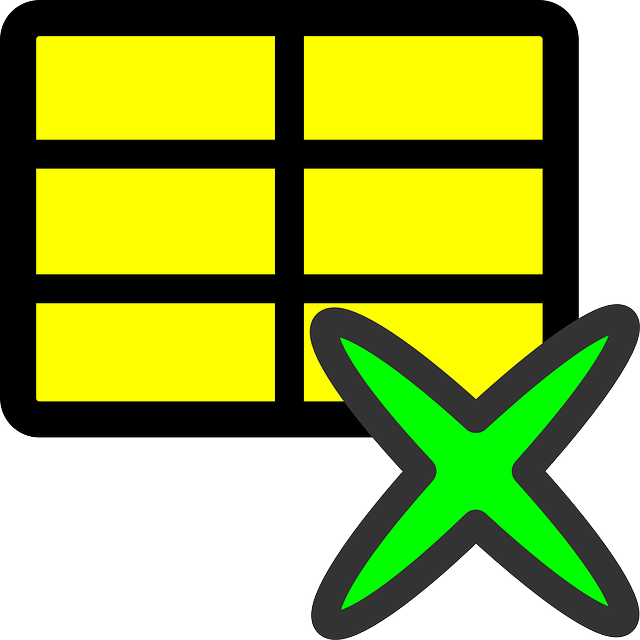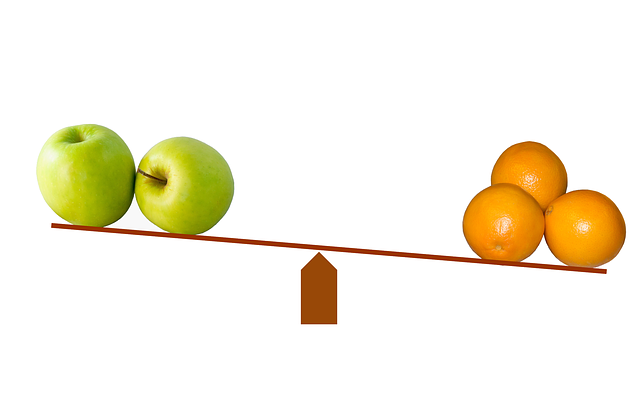Invoice Factoring vs Purchase Order (PO) Financing: Key Differences and Applications
This text compares two business funding strategies: invoice factoring and PO financing. While invoice factoring provides quick cash flow by selling unpaid customer invoices (70-90% value), PO financing offers long-term working capital against approved sales orders, ideal for businesses with consistent revenue streams. PO financing shifts credit risk to financiers, aiding firms dealing with slow-paying customers. Invoice factoring is best for immediate cash needs, while PO financing supports future growth, making the choice dependent on business priorities: quick funds vs. long-term stability.
“Unraveling the mysteries of PO financing and invoice factoring: which method best suits your business needs? This comprehensive guide navigates the differences between these two powerful financing tools, essential for businesses seeking capital.
‘Understanding Invoice Factoring’ delves into the intricacies of this process, while ‘Decoding Purchase Order Financing’ introduces key benefits. We explore their unique aspects, use cases, and pros & cons to help entrepreneurs choose wisely in today’s economic landscape. Get ready to unlock efficient cash flow management.”
- Understanding Invoice Factoring: A Comprehensive Overview
- Decoding Purchase Order Financing: Key Concepts and Benefits
- Key Differences Between the Two Financing Methods
- Use Cases: When to Choose Each Option
- Exploring the Pros and Cons of PO Financing vs. Invoice Factoring
Understanding Invoice Factoring: A Comprehensive Overview

Invoice factoring and purchase order (PO) financing are two distinct financial tools that businesses use to manage their cash flow, but they operate very differently. Understanding invoice factoring involves recognizing it as a short-term funding solution where a business sells its invoices (unpaid customer bills) to a third-party factor for immediate cash. This process provides quick access to funds, typically 70-90% of the invoice value, with the remaining balance paid once the customer settles their debt. It’s a popular choice for businesses looking for fast capital and those with inconsistent cash flows.
In contrast, PO financing leverages a business’s existing sales orders or contracts by allowing them to sell these orders to a financier in exchange for immediate funding. This method is more suitable for companies with consistent sales cycles as it provides a steady stream of working capital. Unlike invoice factoring, which focuses on individual invoices, PO financing considers the overall financial health and creditworthiness of the business and its customers. The key difference lies in their scope: invoice factoring is transaction-based, while PO financing offers a more comprehensive approach to managing ongoing sales and operations, making it ideal for established businesses with predictable revenue streams.
Decoding Purchase Order Financing: Key Concepts and Benefits

Decoding Purchase Order Financing: Key Concepts and Benefits
Purchase Order (PO) financing is a strategic funding solution for businesses, particularly those in the B2B sector. It involves securing funds against outstanding invoices generated from sales made on PO terms. In this arrangement, a financier or lender provides working capital to the business, enabling them to fulfill orders and manage cash flow until the customer pays the invoice. The key advantage lies in its ability to streamline financial operations, especially for companies dealing with long payment terms or large-value transactions. By accessing funds quickly, businesses can cover immediate expenses, invest in growth opportunities, or simply maintain stability during peak demand periods.
When comparing PO financing with invoice factoring, a critical distinction lies in the approach to risk and cash flow management. PO financing shifts the credit risk from the buyer (customer) to the financier, as they take on the obligation to pay the supplier directly. This can be beneficial for businesses dealing with slow-paying customers or those looking to improve their cash conversion cycle. In contrast, invoice factoring involves selling accounts receivable to a third party at a discount, providing immediate funding but potentially exposing the business to credit risks if customers fail to pay. Thus, understanding these differences is crucial when deciding between these two financial strategies for managing invoices and purchase orders.
Key Differences Between the Two Financing Methods

When comparing invoice factoring and purchase order (PO) financing, understanding their key differences is essential for businesses seeking flexible funding options. While both methods provide working capital, they operate under distinct concepts.
Invoice factoring involves selling outstanding invoices to a third-party factor, who then collects the debt on your behalf. This method offers immediate cash flow by converting future revenue into immediate funds. In contrast, PO financing provides funding against approved purchase orders, allowing businesses to secure working capital before the supplier ships the goods or services. Unlike factoring, which focuses on receivables, PO financing is more about facilitating the purchasing process, ensuring suppliers are paid while enhancing cash flow for businesses.
Use Cases: When to Choose Each Option

Use Cases: When to Choose Each Option
When it comes to choosing between invoice factoring and purchase order (PO) financing, understanding their unique applications is key. Invoice factoring is often preferred by businesses that primarily deal with accounts receivable. This option is ideal for those who require quick cash flow, as it involves selling outstanding invoices at a discount in exchange for immediate funds. It’s particularly suitable for companies with consistent but slow-paying clients, helping them manage cash flow constraints and avoid delays.
On the other hand, PO financing caters to businesses seeking funding against future sales orders. This is an excellent choice for organizations that manufacture or supply products on credit, enabling them to secure funds before the order is fulfilled. PO financing provides working capital, allowing companies to cover production costs, purchase raw materials, and manage inventory without waiting for payment from customers. It’s a strategic move for businesses aiming to grow their sales and maintain a steady cash flow.
Exploring the Pros and Cons of PO Financing vs. Invoice Factoring

When comparing invoice factoring and purchase order (PO) financing, understanding the pros and cons of each is essential for businesses looking to optimize their cash flow management.
Invoice factoring offers a straightforward approach where a company sells its invoices to a third-party factor, receiving immediate funding. This method provides quick access to cash, often within 24 hours, which can be beneficial for small businesses or those with seasonal revenue fluctuations. However, it may come with higher fees and interest rates compared to traditional banking loans. On the other hand, PO financing involves a bank or financial institution advancing funds based on upcoming orders or sales represented by POs. This option provides longer-term funding and potentially lower interest rates but requires businesses to have established customers and stable sales history. It also ties capital to future revenue, which may not be ideal for all companies.






